Our company has been manufacturing and selling colored glass rods since 1929, and is the only factory in Japan that has been consistently manufacturing colored glass rods since before the war. We also provide colored glass rods for burner work to glass craftsmen across the country. The products are of high quality and loved by customers all over the world.
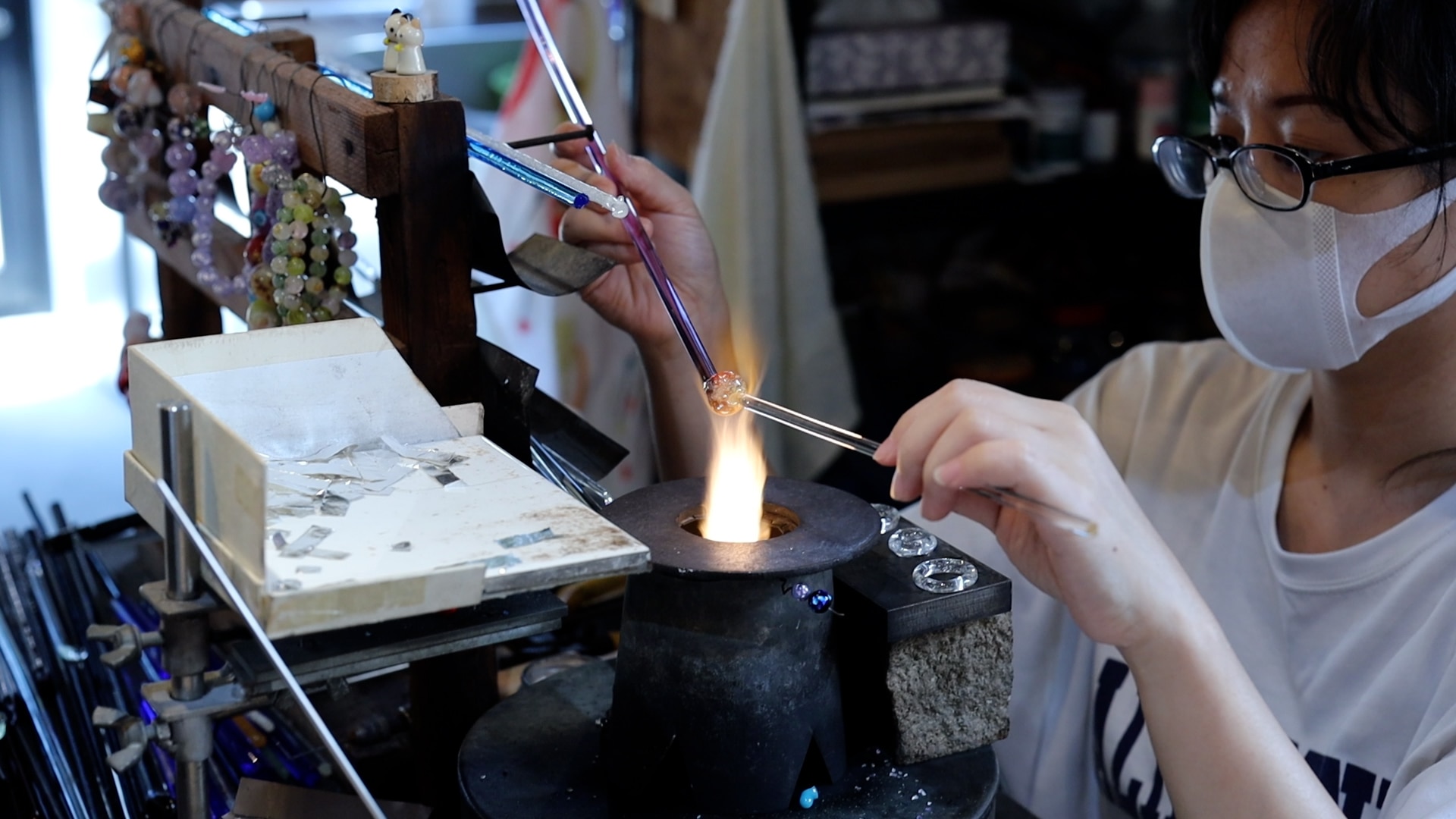
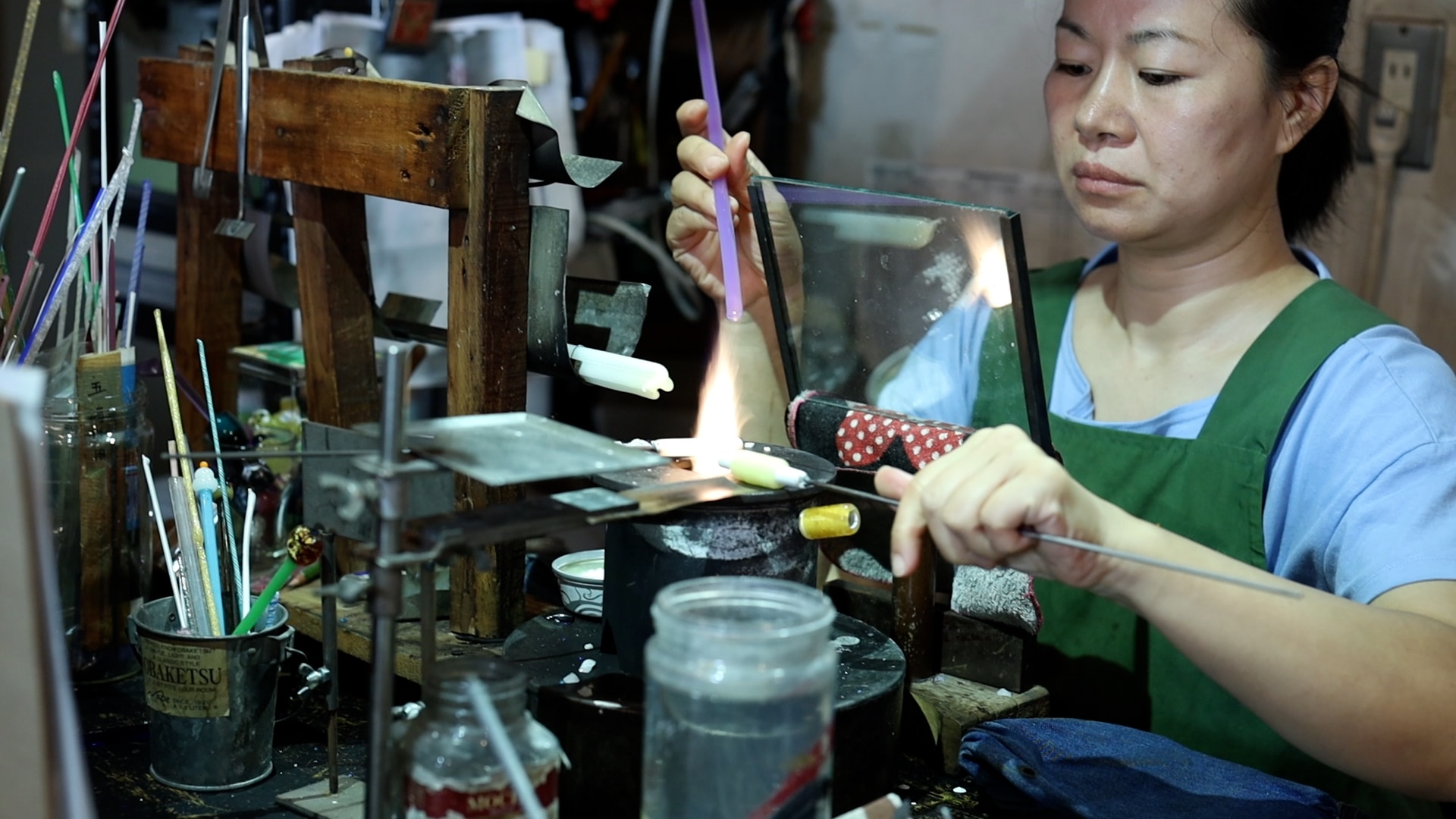
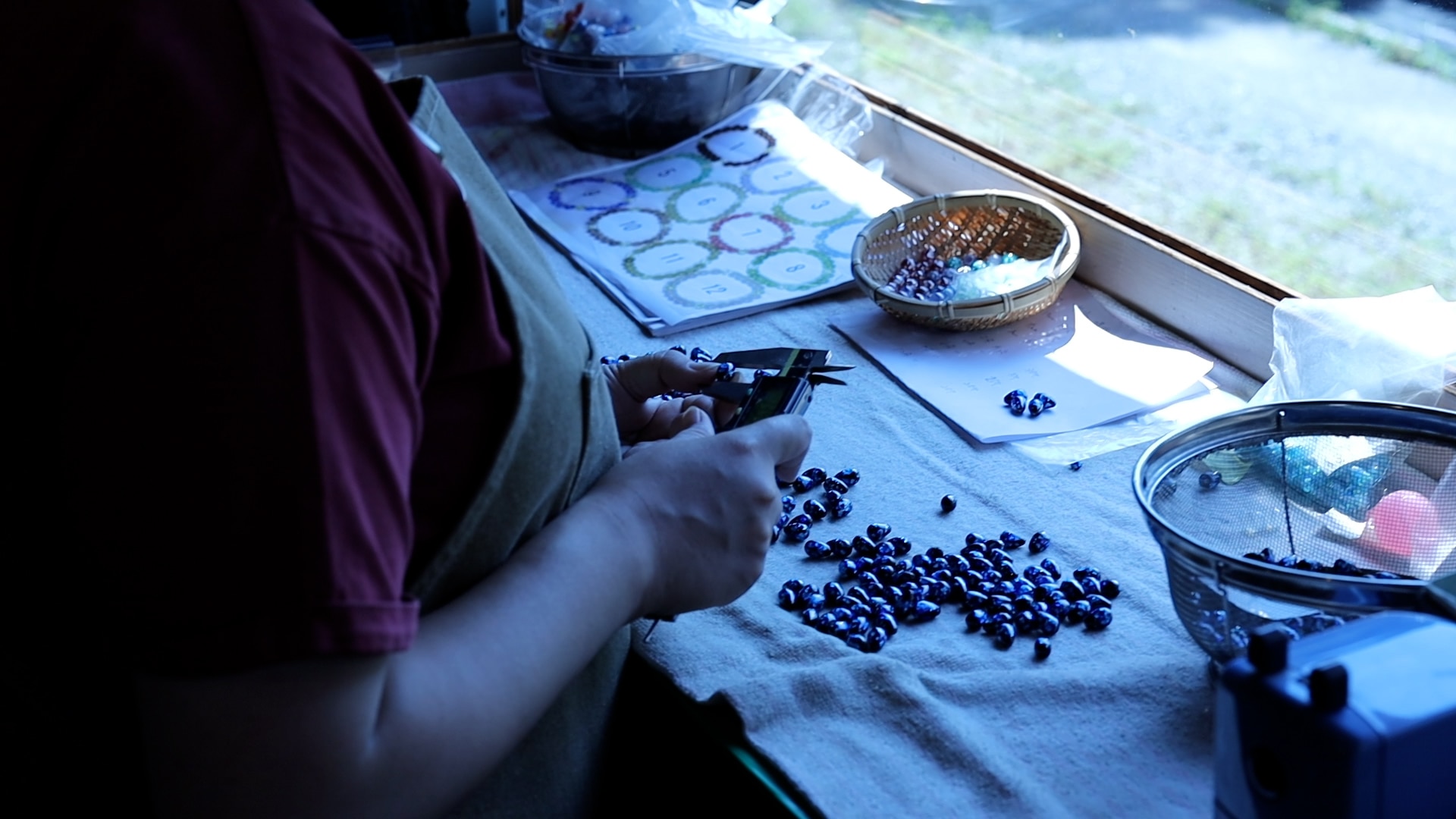
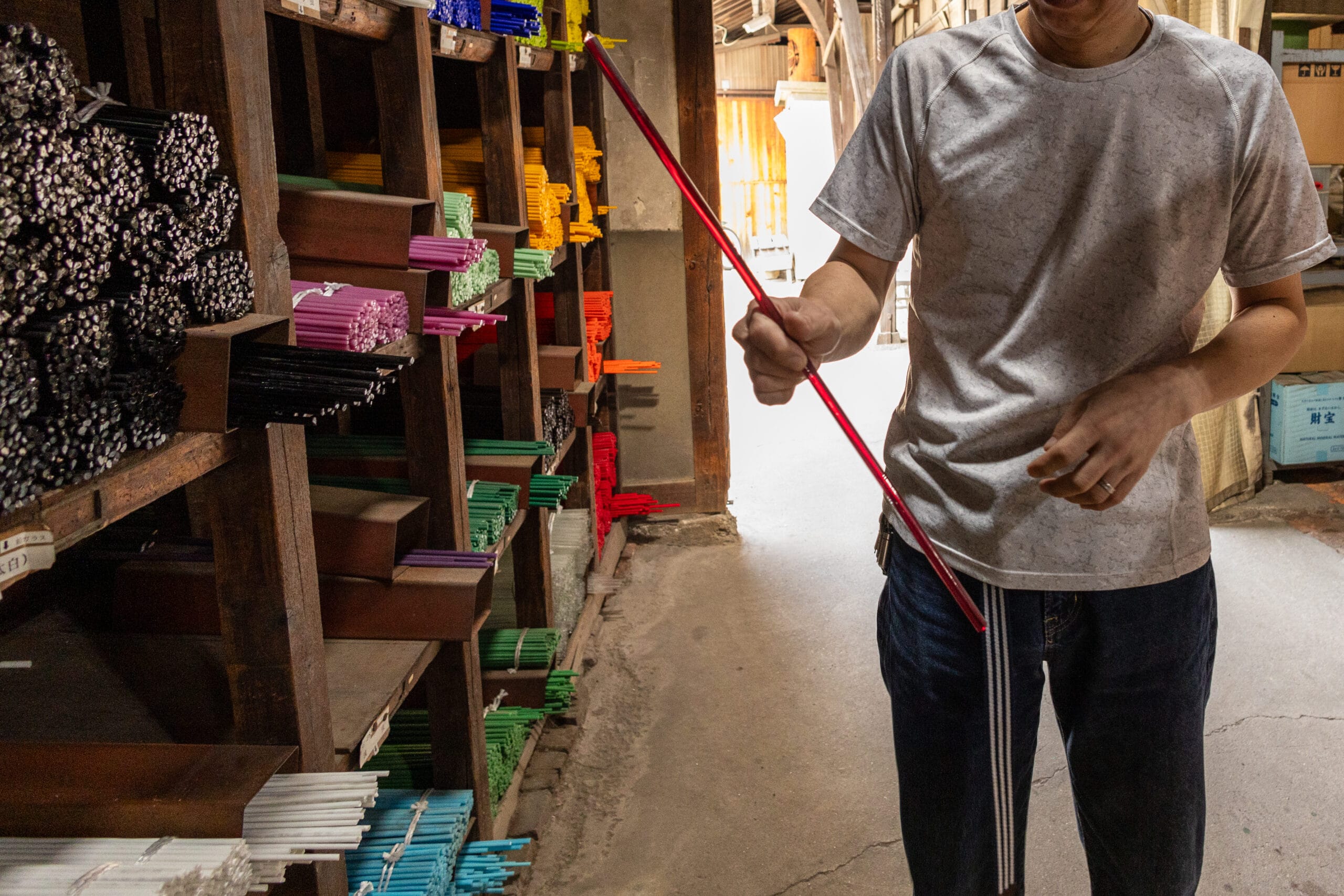
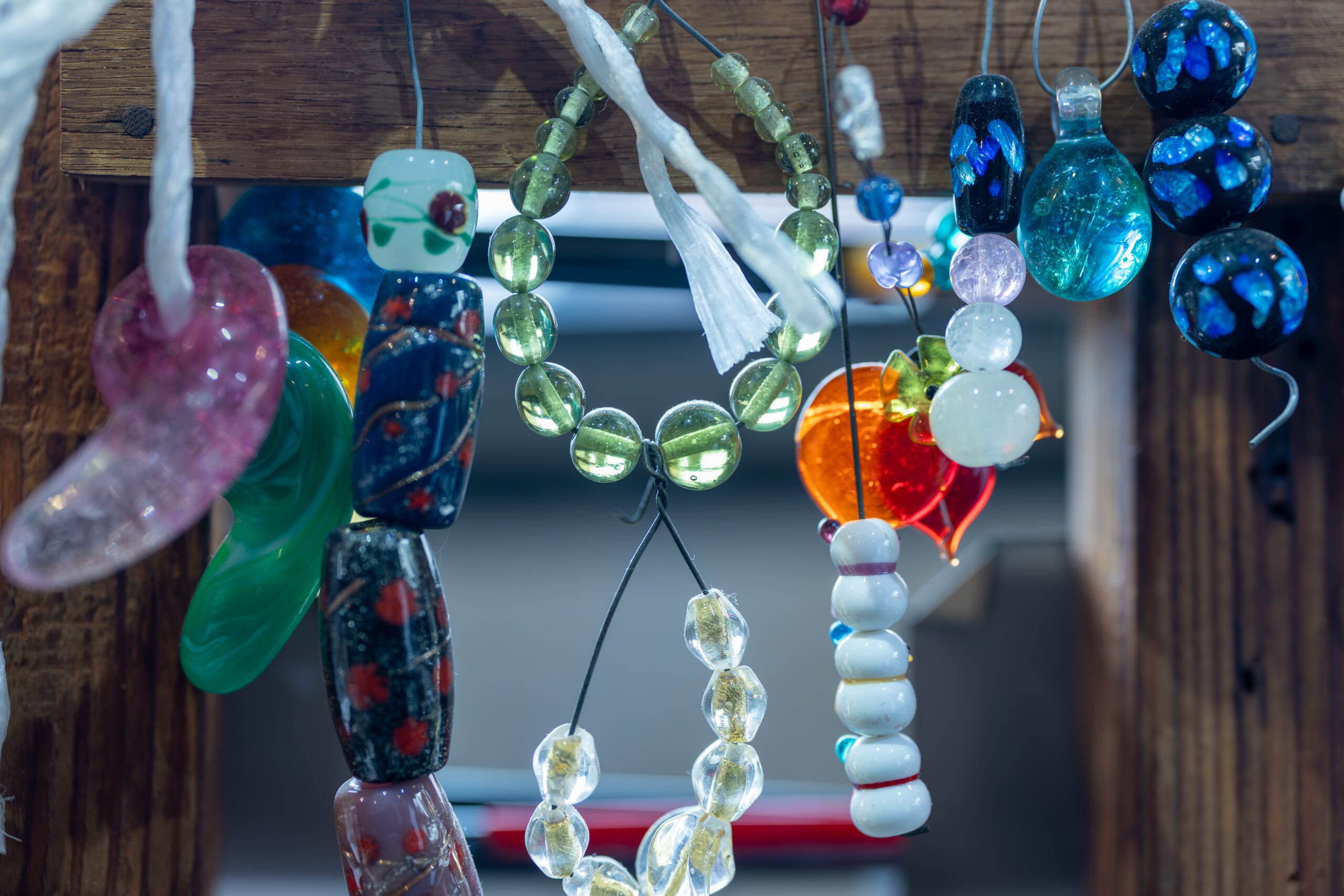
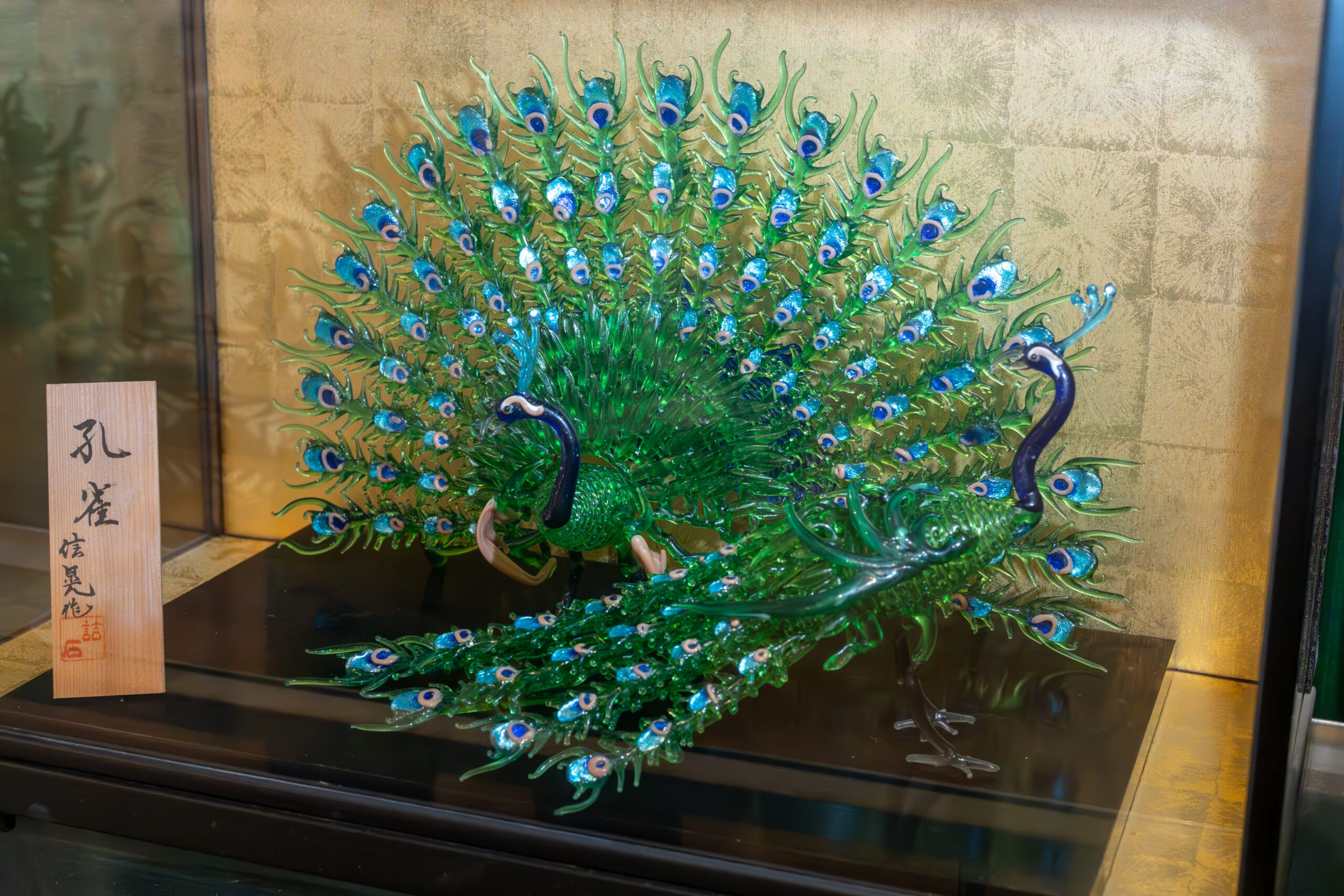
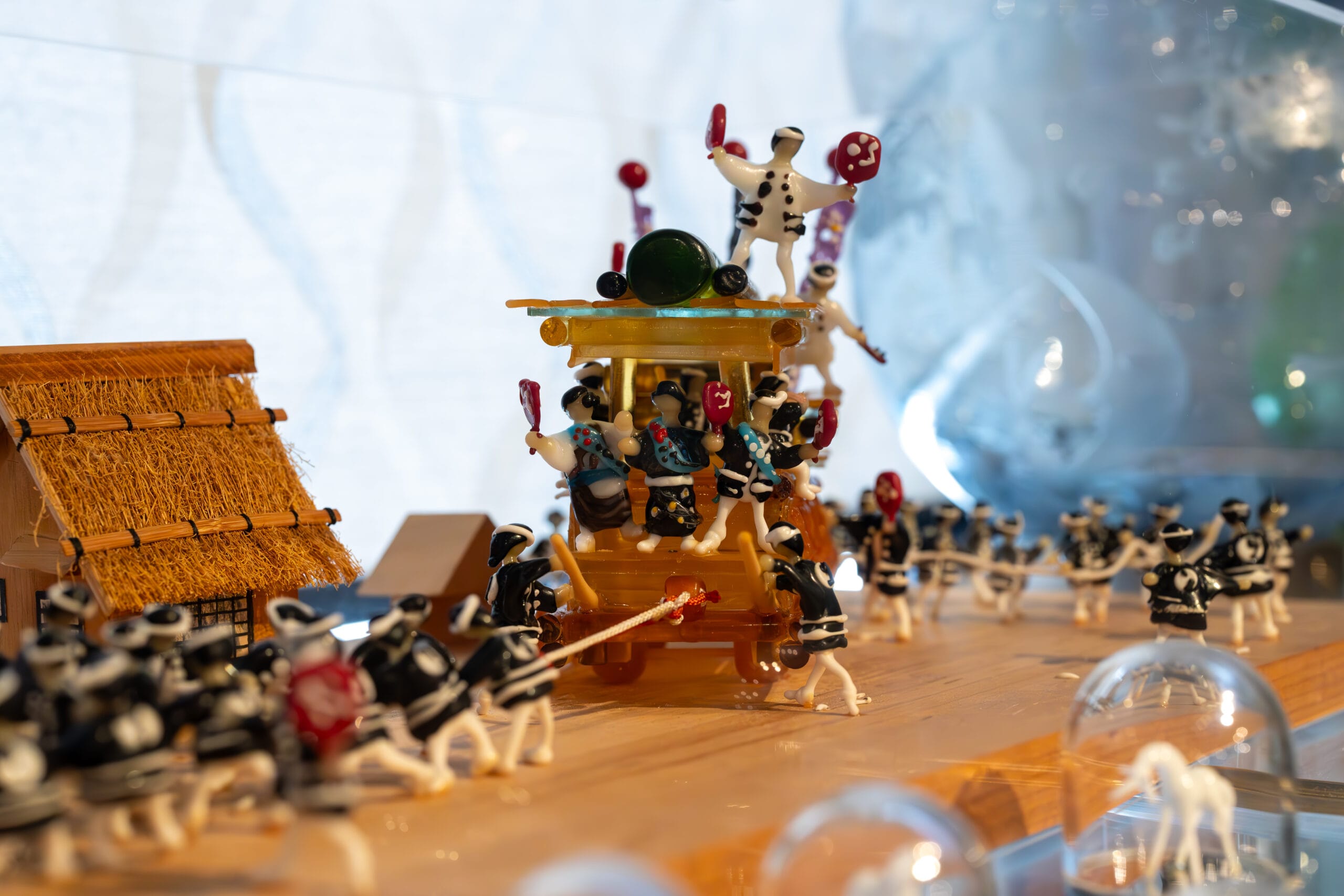
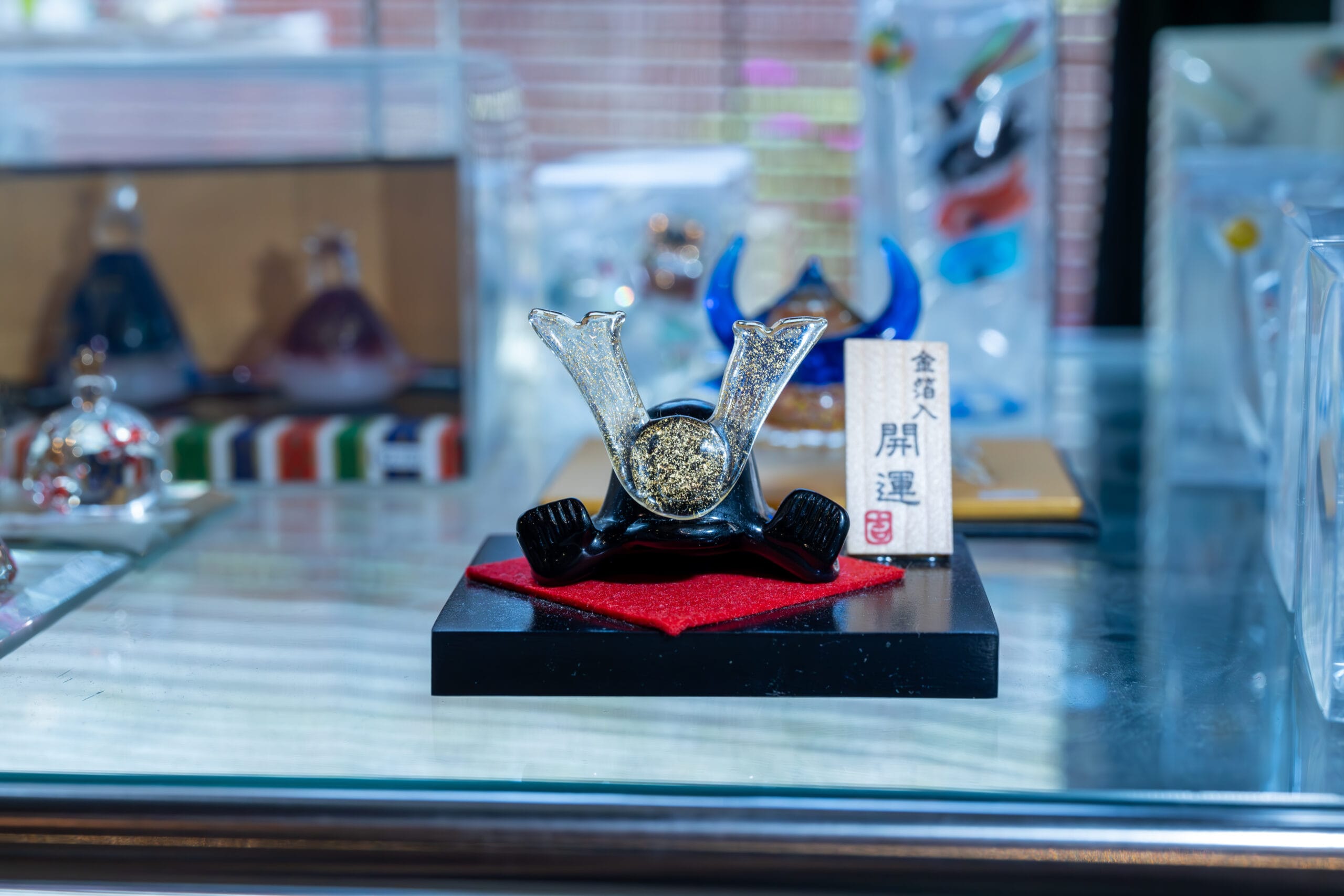
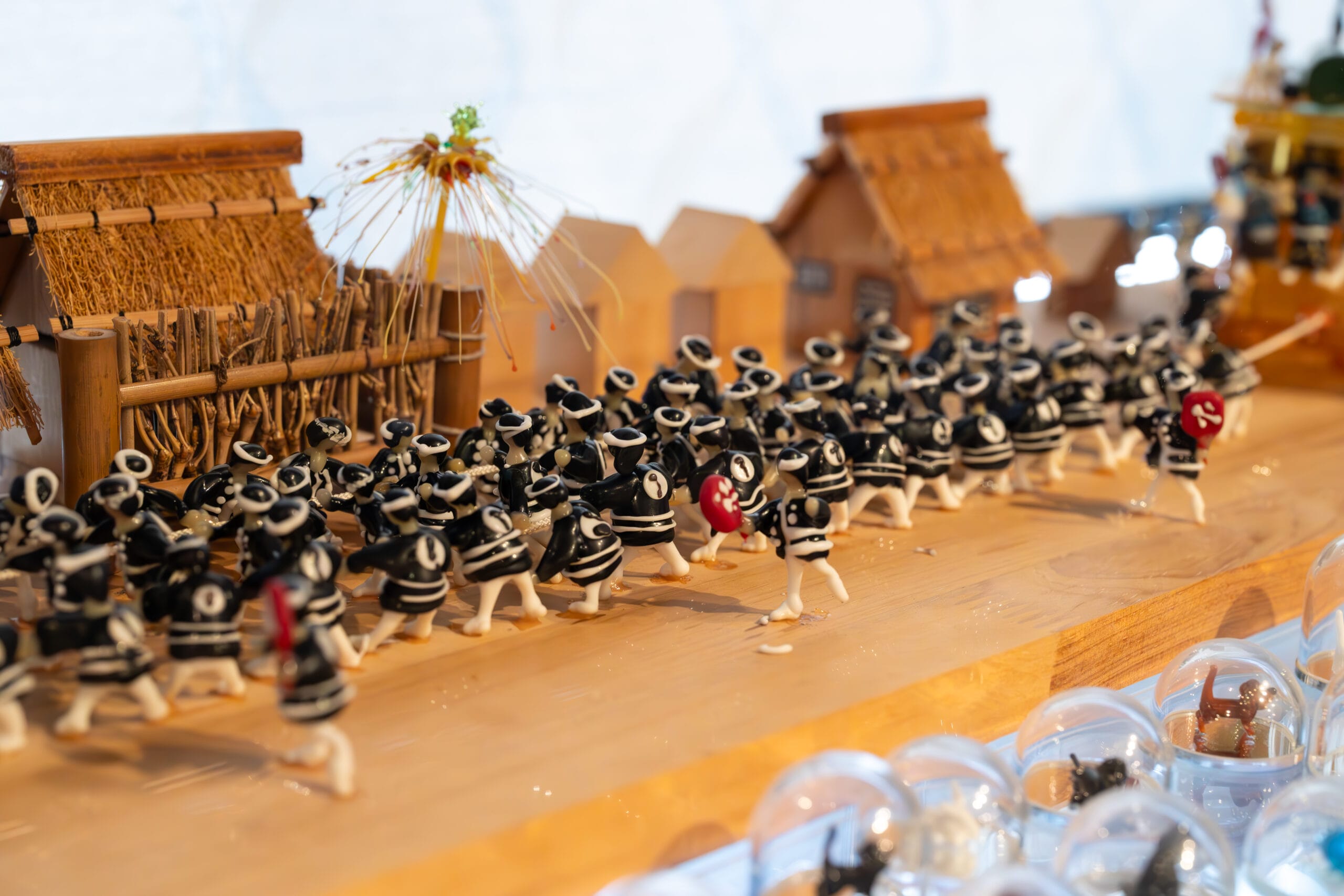
膨張係数104でサタケガラスと混ぜると割れます。
エアーバーナーでは、火力不足で直径8mm以上の玉を作る事は困難です。
| gross weight | normal color | P (pink) | N (neodymium) | U (uranium) | G21 | |
|---|---|---|---|---|---|---|
| 1kg unit price (tax included) | If the weight is 6kg or more | ¥6,550 | ¥8,000 | ¥11,060 | ¥11,850 | ¥22,500 |
| If the weight is less than 6kg | ¥8,080 | ¥9,980 | ¥13,650 | ¥14,620 | ¥22,500 |
| G1S | SS | SS10 | 104 | |
|---|---|---|---|---|
| Unit price for 1kg (tax included) | ¥10,590 | ¥36,230 | ¥126,720 | ¥6,050 |
Payment on delivery guideline: Kanto, Shinetsu, Kyushu 6-12kg box ¥1,620, 18-24kg box ¥1,940 Yu-Pack is up to 30kg including box, and Fukuyama Transport is more expensive. Items over 25kg will be shipped in two cardboard boxes as the wooden box fee will be 3,850 yen.
A postal transfer form is enclosed, so please make the transfer via your post office.
We measure the raw glass materials accurately and mix them evenly in a mixer to create the glass materials for melting.
Material is scooped into the melting furnace crucible and melted slowly for 12-15 hours at 1300℃ to remove air bubbles and create smooth glass.
To create larger glass masses, we use a long iron rod known as a "boto" to wind the molten glass inside a crucible. Once it reaches an appropriate size, they shape it with an iron ball called a "rin," and then wind it again to make it even bigger.
The glass is pushed onto a rail made of refractory bricks and refractory material, called a "ren", and is then drawn straight down to achieve the desired thickness. The temperature of the glass changes quickly, which requires the craftsman to pull it all at once to achieve the desired outcome. This is a true display of craftsmanship.
As the temperature of the molten orange glass decreases, its original transparent and bright color gradually emerges. Next to Ren, we use Yattoko to rhythmically cut the glass rods to the same length.
When using clear glass such as G1, it's essential to remember that a significant temperature difference between the glass rod being made and the glass rod being melted can cause cloudiness. Therefore, before applying clear glass, it's recommended to carefully clean the glass to prevent the surface from melting. It's also advisable to warm up the glass to avoid fogging. Thicker rods are less likely to fog up, and if you bundle several wires together to make them thicker, they will not cloud up and will not pop easily. Additionally, a type of clear glass called G1S has fewer scratches and dirt and is less likely to fog
鉛ガラスの ピンク・紫系、黄系、 鉛・ソーダの白等は、気泡の為、 火に入れると、パチパチはじけて割れ易いカラーロッドがあります。 それらは、以下の色です。 G2,3,15,18,23,26,27,34, S18~24, A12,17~21,29 そういう場合は、イラストのように、ロッドを水平ではなく、ななめ 45°程度で、上の方から炎にゆっくり入れると、 弾けにくくなりますので、一度お試し下さい。 針金で数本以上束ねても、弾けにくくなります。
Lead glass in shades of pink and ivory, such as G26, S18, 19, 22, 24, A17-19, and G25 opal, are generally translucent. However, soda glass in shades of red and orange, like S34, may become discolored if exposed to too much air or flame for an extended period.
When it comes to blow-type burners, the proportion of air used is relatively less as compared to the gas being used. On the other hand, in the case of cylinder-type burners, if there is a reduction in the amount of gas used, the firepower weakens and soot formation occurs.
When manufacturing thick glasses, etc., which are exposed to high temperatures, the heat insulating sheet may burn.
ガラスに黒いコゲが付いている場合がありますが、炎に入れると消える為問題有りません。

Glass craft in your life
© 2024 All Rights Reserved.

Apply to be a Japan Lampwork Association member to receive 10% off all products in the store